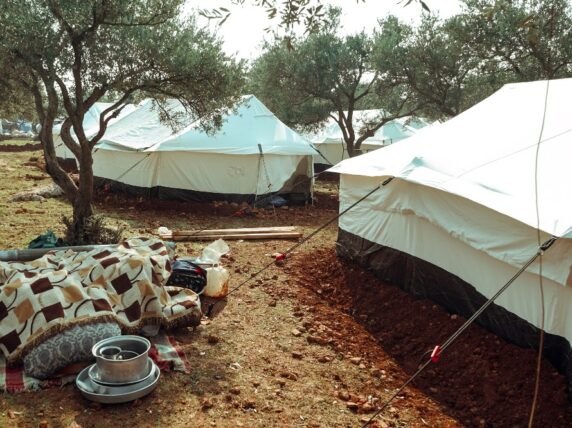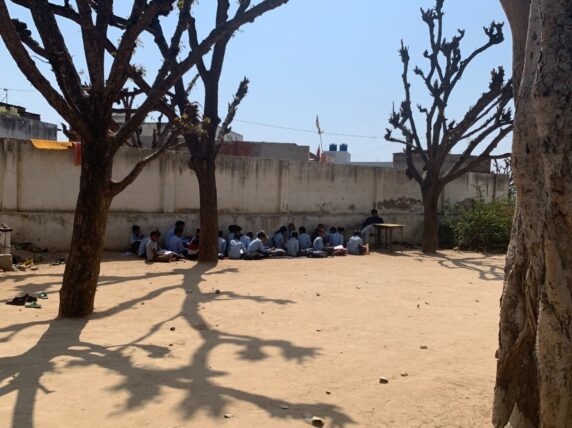5 ways NGOs can use collective intelligence to combat Covid-19
The epicentre of the Covid-19 pandemic is shifting to low and middle-income countries, where many of Bond’s members work, and where many of these countries are woefully unprepared.
Nesta recently highlighted how the pandemic has spurred an incredible number of collective intelligence initiatives – combining crowd insight, data and machine intelligence to mitigate the crisis.
So as developing countries gear up to tackle Covid-19, here are five ideas for NGOs to help fight the pandemic using collective intelligence.
1. Mapping demand for medical supplies
In 2009, civil society organisations created a tool that enabled researchers and activists to map the available supplies of essential medicines across Africa.
Adapting this idea for Covid-19, frontline workers and emergency responders could use existing technology like Frontline SMS to report on missing or low supplies of key equipment to a common website. This data could then be displayed on a map showing shortage locations.
This would enable governments to see the needs of different health facilities, or even their existing capacity in real-time detail. It would also help INGOs and local organisations to both advocate and respond where supplies are low.
2. Sourcing supplies from local producers
During other crises, organisations such as Field Ready have pioneered the localised production of humanitarian supplies – getting vital equipment quickly and cheaply into conflict zones where traditional logistics have failed. The Covid-19 response could incorporate ideas such as these and tap into the dynamism of the open-source design and engineering communities.
NGOs can work with local maker spaces to produce essential items such as personal protective equipment (PPE) and spare parts needed by primary and community health workers. This will require connecting with a makerspace, which you can find through the fablab network.
Subscribe to our newsletter
Our weekly email newsletter, Network News, is an indispensable weekly digest of the latest updates on funding, jobs, resources, news and learning opportunities in the international development sector.
Get Network NewsIt will also require access to open source online designs for example, instructions on how to make items such as face visors. DFID’s Frontier Technologies Hub is attempting to crowdsource such designs at the moment, so more designs and processes should be available in the coming weeks.
3. Identifying community assets
There is already emerging evidence from the UK that crowded living conditions accelerate the spread of Covid-19 – and globally, up to a billion people live in densely populated slums.
In 2018, researchers in India estimated that an influenza-like respiratory disease would have a 44% higher infection rate among slum dwellers than the rest of the population – even with social distancing. A large factor in this is overcrowding.
For people living in cramped conditions in slums and refugee camps, where many family members share a single room or tent, self-isolating is impossible. Alternative measures are needed.
Repurposing the likes of schools and churches could enable those with Covid-19 symptoms to self-isolate quickly. Mapping tools such as Open Street Map could be used to identify the locations of such assets, in partnership with municipalities, businesses and community organisations. Humanitarian Open Street Map is already mobilising its volunteer mapping communities, while Open Cities initiatives have substantial expertise in community mapping for crisis resilience.
4. Translating public health messaging
Past pandemics have shown that people with low literacy or proficiency in the main national language tend not to receive adequate public health information.
Translators Without Borders have created a crowdsourced repository of commonly-used words associated with the virus in mother tongue and native languages. This is something NGOs can both use and potentially contribute to.
5. Use existing tools
We know from experience that it is challenging for humanitarian workers to absorb new innovations during the extreme pressures of acute emergency responses. By focusing on using existing tools and tested approaches, coupled with methods for adapting them to their organisation an programmes, NGOs may be able to help stem the next wave of the pandemic.
This article has been adapted and updated from an article first posted on The Conversation
Category
News & Views



